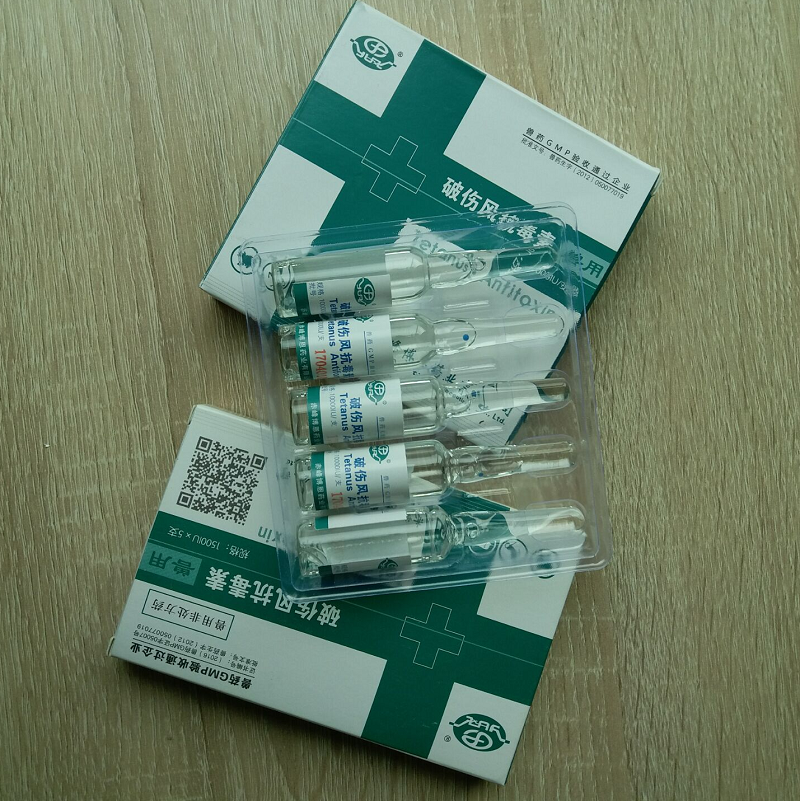Meat donkey breeding management technology
Core Summary: Feeding: Donkeys are herbivores. Its forage is preferably dry, hard, and crisp crop stalks. For example, corn, millet, bean vines and other hard stalks are cut into short sections of 3-4 cm long with a rake. The most severe bogey is to feed half-dry and forage grass. This kind of forage is the easiest way for donkeys to make "knot" symptoms. ...
First, feeding: donkeys are herbivores. Its forage is preferably dry, hard, and crisp crop stalks. For example, corn, millet, bean vines and other hard stalks are cut into short sections of 3-4 cm long with a rake. The most severe bogey is to feed half-dry and forage grass. This kind of forage is the easiest way for donkeys to make "knot" symptoms. At the same time supplemented with peas, corn, fried cotton and other fine material or wheat bran and so on. Each morning, midnight and evening feed 1 time, mainly in the late feeding. Each time when feeding, add a piece of grass (grass-like straw) and let it feed until it is half full, then feed grass (that is, mix the straw with alfalfa, bean vines and other forages with high protein content) to induce appetite. . When there is a stoppage performance, the grass should be fed again (ie, the grass left over from the bottom of the tank should be mixed with peas, corn, and fried cotton, etc., or mixed with wheat bran and a small amount of water) to induce maximum Food intake.
Second, captivity: Intensive meat donkey fattening, in order to circle breeding as well. As long as the general circle can block rain, it can cover the wind. There are food troughs in the pens. Each donkey should have a 60-80 cm food space. Between the adult donkeys, according to the distance of the feeding position, set a strong fence as a barrier to prevent them from harassing each other (the mixed breeds of male and female are more important).
Third, breeding: Should use a larger body, resistant to rough feeding, disease resistance, good adaptability, good reproductive performance, high feed reward donkey species. At present, most of the meat donkeys are mainly mated and bred, and they can also be crossed with horses. Intensive breeding can use artificial insemination method to collect clear seed serum. It is conducive to large-scale breeding and accelerate the cultivation and promotion of improved varieties.
Fourth, disease prevention: meat donkey is more resistant to rough feeding than horses, cattle, etc., resistance is also stronger. However, this does not mean that we do not get sick, especially under intensive cultivation conditions, we must strictly implement the principle of "combine prevention and prevention, and prevention first" and pay more attention to environmental hygiene to prevent epidemics. Meat donkeys, like Hummers, are prone to infectious anaemia, epistaxis, and tetanus. To effectively raise meat donkeys, the following points should be noted:
1 When the meat donkey is in the underslot, it should be allowed to drink enough clean water, and it is forbidden to drink contaminated or dirty water. 2 do a good job in housing hygiene. There is no overnight dung in the laps, and food tanks and water tanks should be regularly cleaned and disinfected. Circles should be built away from villages to prevent infection. 3 When the meat donkey enters or laps each time, especially after the service is over, it is necessary to make it play happily and quickly (the donkey is the best way to rest the ungulates), and brush it by head. This will not only help the skin clean, but also promote blood circulation and improve physical health. 4 Regular observations. Once it is found that the meat donkey is uncomfortable or has reduced food performance, it is necessary to immediately ask the veterinarian to deal with it. Do not delay the timing. 5 The circle of polygamy must pay attention to sexual harassment. Sexual harassment can not only result in miscarriage of the female animal, but also cause accidental trauma due to mutual bite and collision, which induces tetanus. Therefore, it is better to set up the barriers for foodstuffs, which is conducive to large-scale breeding.
Tetanus Antitoxin is prepared from the blood of healthy horses that have been hyperimmunized. It is recommended for use as an aid in the prevention and treatment of tetanus in animals. Each serial is tested for purity, safety, and antitoxin unitage in accordance with applicable standard requirements issued by Ministry of Agriculture and Rural Affiars of the People's Republic of China .

Antitoxin Formulations For Animal
Antitoxin Formulations For Animal,Animal Antitoxin Formulations,Special Antitoxin Formulations,Antitoxin Formulations
Jiangxi Institute of Biological Products Inc. , https://www.jxinstitute.com